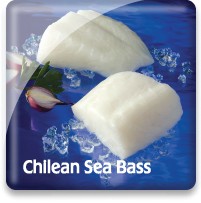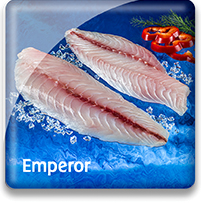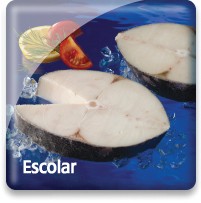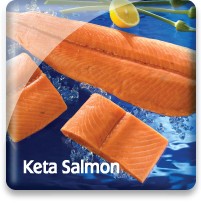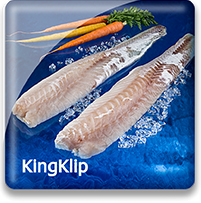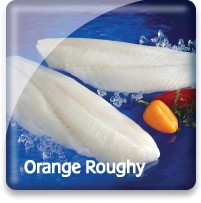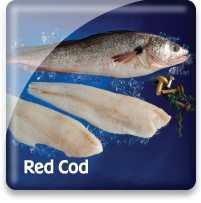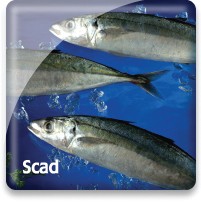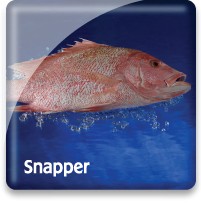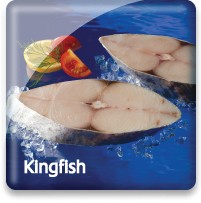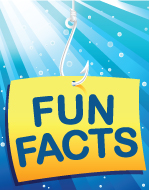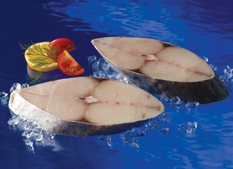
Spanish Mackerel (Kingfish)

Market Name: Eating QualitiesThe meat is firm, and flavorful. Spanish Mackerel is excellent for grilling and broiling.
   |
Description & CharacteristicsSpanish Mackerel (also called Kingfish) has been called the most flavorful of all mackerel. Its meat is darker off white in color and is used in a wide variety of food preparations ranging from sushi/sashimi to barbecuing. Spanish Mackerel meat is moderately firm and lean. It is also high in omega-3 fatty acids. Spanish Mackerel are in the same family as fast swimming fish such as tuna and mackerel and are torpedo shaped for fast and long travel. Spanish Mackerel is tremendously popular worldwide but has just recently shown greater consumption in the U.S.Spanish Mackerel mature very quickly and have a high number of offspring and are therefore somewhat resilient to fishing pressure. Most populations are highly migratory in nature covering great distances in the Pacific and Indian oceans. Their habitat can stretch from South Africa all the way to Fiji. Because of their wide distribution in the Indo-Pacific region many nations such as China, Taiwan, India, and Indonesia land significant commercial quantities. Taiwan/China primary method of catching Spanish Mackerel is by mid-water trawl. India and Indonesia primarily employ mid-water gillnets. The worldwide wild harvest of Spanish Mackerel has increased every year for approximately the past two decades. Spanish Mackerel consumption is highest in the Middle East countries and Asia and has showed a growing consumption pattern in the U.S. in recent years.
To ensure a sustainable future supply to meet the growing worldwide demand for Spanish Mackerel the major fishing countries of the Indo-Pacific region must make further improvements in catch data collection and work cooperatively to determine the health of the wide ranging stocks. This would greatly enhance the progress towards determining the maximum sustainable yield for Spanish Mackerel and establishing effective fishery management schemes for this popular mackerel.
Spanish Mackerel are commonly between 3 and 4 feet in length, but can grow as long as 7 or 8 feet.
Other Resources |
Handling Instructions for Spanish Mackerel
Our frozen whole gutted Spanish Mackerel (also called Kingfish) should be stored at or below 0°F (-18°C) and then thawed properly when ready to cook. It is best to consume within 18-24 months of the processed freeze date. Links to further information concerning the proper handling of seafood: NOAA - Fish Watch: Handling Seafood and A Consumer Guide to Safe Seafood Handling.
Thawing Spanish Mackerel
Thawing frozen whole gutted Spanish Mackerel is accomplished by removing the fish from its original packaging and placing in the refrigerator (33 to 39°F) for 24-48 hours or until completely thawed. This is our recommended thawing method for whole gutted fish. Fish that is not consumed promptly after thawing needs to be refrigerated between 33 and 39°F and totally consumed in 2-3 days.
Important Instructions for Spanish Mackerel
Consuming the Spanish Mackerel immediately after proper thawing yields the best quality.
The Federal Food, Drug and Cosmetic Act now requires that all foods that are not raw agricultural commodities and that contain a major food allergen be labeled to clearly identify the name of the food source form which the allergen is derived. (21 CFR U.S.C. 343(w)(1)). The act defines eight foods, and any ingredients derived from these foods as major food allergens: Fish, Crustacean Shellfish, Milk, Eggs, Tree Nuts, Peanuts, Wheat & Soybeans. The name of the food source that must be listed on the label for fish or crustacean shellfish must be the specific type of fish or crustacean shellfish. The market names of species of fish and crustacean shellfish should be used to identify the food source of these two major food allergens. If you intend to re-pack these seafood products, be sure the allergen is declared in either one of two ways:
1) Within the list of ingredients
or
2) In a separate “Contains” statement immediately after or adjacent to the list of ingredients.
Consult the Fish and Fishery Products Hazards and Controls Guidance, Fourth Edition, Chapter 19 for more detailed information on the labeling of food allergens.
Cooking Tips
Spanish Mackerel can be prepared using a wide variety of cooking techniques. Links to Spanish Mackerel cooking tips and recipes.
China
With more than 1.3 billion people, China is today the world’s most populous country. With a growing economy fueling an appetite for seafood, China has begun importing seafood for in-country consumption, as well as exporting a great deal of its production. In fact, since 2002, China has continued to export more fish and fishery products than any other country in the world, with Japan, the United States, and the Republic of Korea as its main export markets.
Chinese distant water fishing activities started in 1985 when China gained access to new fishing grounds through agreements with foreign countries. China operates vessels in West Africa, the North Pacific, and tuna longline vessels in the South Pacific. In addition, squid are harvested in the Japan Sea, the South Atlantic, and the North Pacific under Chinese-flagged vessels.
Carp are also commercially important, as are bream, shad, eel, catfish, rainbow trout, salmon, whitebait, mullet, mandarin fish, perch, sturgeon, and murrel (snakehead). Commercial shellfish include Saltwater & freshwater shrimp, river crabs, and mollusks such as mussels, clams, oysters, and freshwater snails.
With one-fifth of the world’s population, and an official government policy to promote aquaculture, China has today become an aquaculture powerhouse, now producing more than two-thirds of the world’s aquaculture species. Fish and shellfish are grown in freshwater and saltwater environments.
Taiwan
The island of Tawian, shaped like a tobacco leaf, nation, is located off the coast of China where it is officially part of the Republic of China. Some 23 million people live in an area that is just 245 miles long and 89.5 miles wide, making Taiwan the second-most densely populated country in the world.
While it offers few opportunities for recreational fishing, Taiwan’s commercial fishing industry is well-established, with a fleet of vessels that fish around the world for tuna, sharks, herring, reef fish, horse mackerel, sardines, squid and octopus. Aquaculture is also an important new industry in Tawian, with freshwater farms growing shrimp farms, and tilapia, and marine farms growing shellfish such as clams and oysters.
Indonesia
The country we refer to as Indonesia is actually an Archipelago of some 17,508 islands and a coastline that encompasses more than 50,000 miles. Within the waters of the Indonesian archipelago, the government has established an “archipelagic country,” retaining exclusive control over these waters. Because of Indonesia’s access to the marine environment, it has vast potential for the development of aquaculture, particularly brackish water shrimp culture. In fact, in an attempt to prevent over-exploitation of the wild fishery resource, the government of Indonesia has established a formal policy to encourage aquaculture development. Mariculture products include various finfish, shellfish, seaweeds, species such as sea cucumber, grouper and seaweed.
Tuna is also an important export product of Indonesia.
India
The most populous democracy in the world, India has 1.2 billion people living in an area that is the world’s seventh-largest land mass. Bordering the countries of Pakistan, China, Nepal, Bhutan, Burma, and Bangladesh, India includes breathtakingly beautiful mountainous regions, plains, rivers (such as the legendary Ganges River), and valleys—and a coastline of 4,700 miles.
Within Indian marine waters, commercial species such as mackerel, sardines, shark, perch, tuna, shrimp, and cuttlefish are some of the main species harvested. Freshwater fish include carp and catfish and there are several species of brackish water fish.
India’s Exclusive Economic Zone (EEZ) encompasses more than 2 million square kilometer, so there is a huge potential within India, provided that the fishery is managed to thwart overexploitation of the resource.
Top export items from India include frozen shrimp (the dominant seafood export), and frozen lobster tails, to name a few.
Aquaculture in India is growing in importance, however, and in addition to producing carp and giant river prawn for in-country consumption, India has begun to grow and export warm brackish water shrimp as well.
Go Blue! Seafood Sustainability Spectrum*Click here for an explanation of our Sustainability Spectrum 
Sustainability AssessmentSpanish Mackerel (Kingfish), also known as king seer or seerfish in India, is a member of the mackerel family. Spanish Mackerel is an important export species for some countries. It is also important domestically in much of the Middle East, where it is abundant and commonly eaten. Sea Port’s Spanish Mackerel supply is from Taiwan, China, Indonesia, and India.The Spanish Mackerel from Taiwan and China is landed by trawl vessels operating in the Indian Ocean. Taiwan’s Spanish Mackerel fleet has a large number of flag of convenience (FOC) vessels. FOC vessels are boats that are owned by one country, but registered in another; these vessels are difficult to monitor and control and are often associated with illegal, unregulated, and unreported fishing practices. On an encouraging note, Sea Port’s contacts in Taiwan report that all vessels supplying Spanish Mackerel to Sea Port are Taiwanese registered vessels with full traceability back to the boat. Sea Port’s Indian Spanish Mackerel supply is sourced from small vessel gillnet fisheries. Industrial sized driftnets have been illegal for over twenty years. However, a small artisanal fishery such as the Indian Spanish Mackerel fishery is still allowed to use gillnets. Like mid-water trawls, pelagic (mid-water) gillnets cause minimal impacts to ocean floor habitats, but are often associated with significant catches of non-target species, including marine mammals and sea turtles. Catches are monitored at landing ports in India; however, there are no onboard observers or monitoring requirements, so the level of bycatch and discards in this fishery is unknown, but could be substantial.
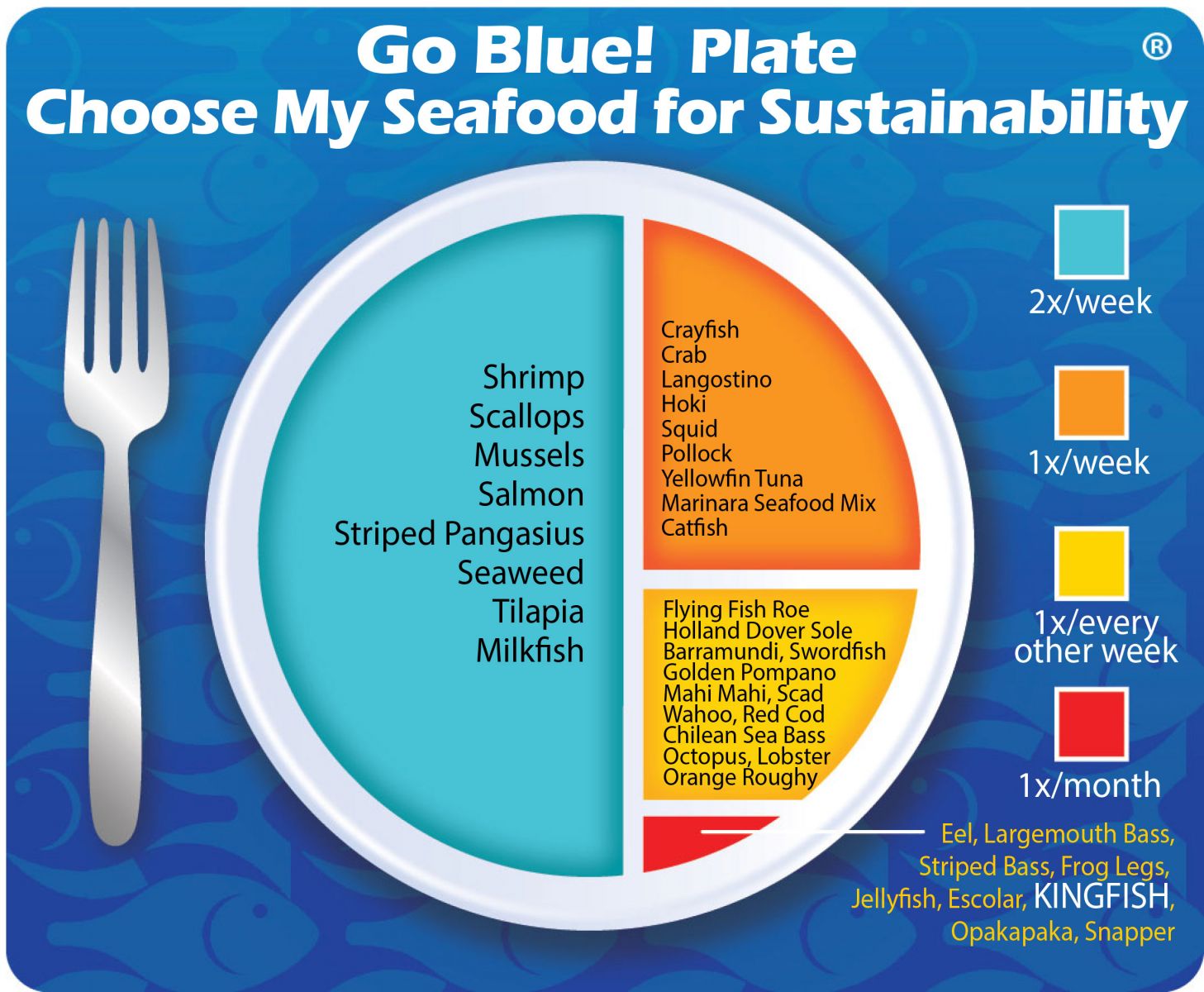
Environmental Impact: Moderate to HighThere are no up-to-date stock assessments for Spanish Mackerel in India and the other countries Sea Port sources from. Indian fishers use gillnets, which are known to catch a number of other species, including sea turtles, marine mammals, and sharks. Very little information is known about the mid-water trawl fishery for Spanish Mackerel in Taiwan, but high levels of bycatch are likely.
Sustainability Improvements NeededStock assessments are needed to accurately understand the health of the Spanish Mackerel stock. Comprehensive vessel monitoring and observer coverage are needed to assess the level of bycatch in the Taiwanese, Chinese, Indian, and other fisheries.
Actions that Sea Port is UndertakingSea Port is requiring that their suppliers provide fishing vessel identification (when available), catch methodology, and catch area information. In doing so, Sea Port is encouraging the Spanish Mackerel fishery to collect additional harvest data which could set the stage for future fishery management improvements. Sea Port believes that, in aggregate, choosing from a diverse variety of seafood is better for sustaining the world’s seafood resources and Spanish Mackerel should be a part of this variety. We created the sustainability assessments for each of our seafood items in order to reveal the existing and potential environmental impacts and risks that are associated with producing them for human consumption. This allowed us to establish the starting position for each of our seafood items along our progressive Go Blue! Seafood Sustainability Spectrum®. These assessments are only a single snapshot in time and because of this, we will continue to assess and update the critical sustainability needs associated with our supply sources and issue updates to the Go Blue! Seafood Sustainability Spectrum® as needed. There is a growing global awareness for the need to assure the sustainability of farmed and wild caught seafood and because of this; all around the world positive changes are rapidly occurring at all levels of the seafood supply chain. We will continue to spread this growing awareness and work with our many industry partners to improve the sustainability of all seafood, which we believe is the ideal protein of choice to feed an ever growing world population. Our Go Blue! Seafood Sustainability Spectrum® serves as our compass and yardstick as we strive to move all our products forward to becoming more sustainable. Please join us in this committed quest and Catch Our Wave® to sustainability by choosing a diverse variety of responsibly produced seafood as part of your diet.
|


